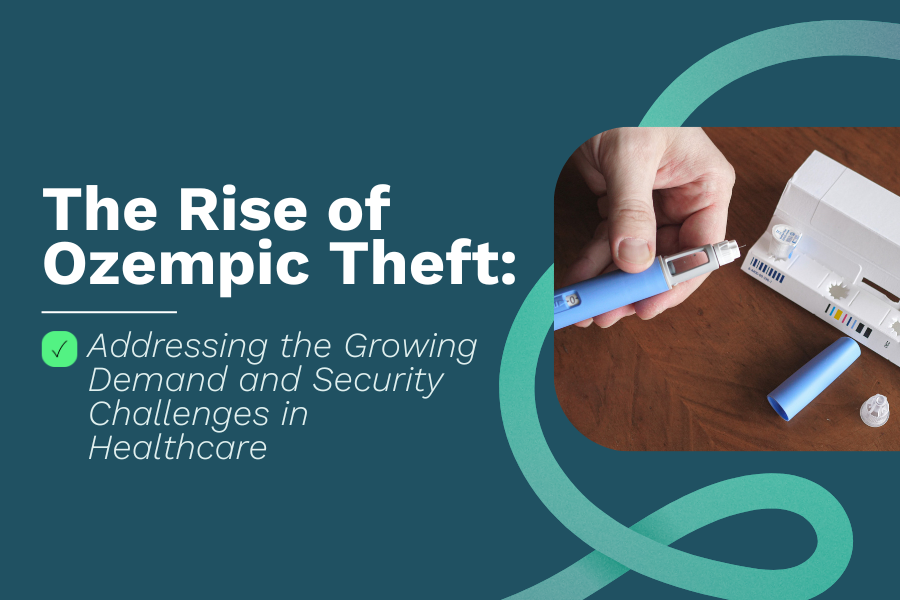Weight-Loss Drug Theft: The Growing Security Challenge in Healthcare
The Rising Threat of Weight-Loss Drug Theft
The healthcare industry is facing a new and unexpected security threat: weight-loss drug theft.
Medications like Ozempic (semaglutide) and Wegovy—originally developed for diabetes management—have become popular for their weight-loss benefits. This has created unprecedented demand, leading to shortages, high resale value, and increased risk of diversion.
For ambulatory surgery centers (ASCs) and outpatient facilities, the theft of these non-controlled but high-demand medications represents both a financial and compliance risk.
Why Weight-Loss Drugs Are Being Stolen
1. Surging Public Demand
Weight-loss drugs have become cultural sensations. Media coverage and influencer endorsements have driven a sharp rise in prescriptions and off-label use.
2. Nationwide Shortages
Supply shortages make it difficult for patients to access legitimate prescriptions. When supplies dwindle, black-market activity rises.
3. High Resale Value
Single doses of weight-loss medications can sell for hundreds of dollars, making them an attractive target for internal and external theft.
4. Internal Diversion Risks
Even trusted employees may exploit gaps in oversight when medications are not properly secured or tracked.
The Impact of Weight-Loss Drug Theft on Healthcare Facilities
Disrupted Patient Care
When weight-loss medications are stolen, legitimate patients face treatment delays or interruptions—directly impacting care outcomes and patient trust.
Compliance and Regulatory Risks
Medication theft can draw attention from accrediting and regulatory bodies, especially if facilities lack proper storage and documentation practices.
Reputational Damage
Theft incidents can harm a facility’s public image, leading to loss of patient confidence and potential regulatory scrutiny.
Preventing Weight-Loss Drug Theft: Key Security Measures
1. Locked Medication Cabinets
A locked medication cabinet provides a first layer of defense against unauthorized access, especially for high-value drugs.
2. Double-Locked Cabinets
Adding dual authentication ensures accountability—two authorized staff must access the cabinet together, reducing theft risk.
3. Access-Controlled Cabinets
Smart access-controlled medicine cabinets track who accessed medications, when, and what was removed—creating a digital audit trail for compliance.
4. Real-Time Monitoring and Alerts
Modern systems offer real-time notifications if medications are accessed outside approved hours or in unusual quantities.
How MedServe Helps Prevent Weight-Loss Drug Theft
At MedServe, we design and manufacture digital narcotic lock cabinets that protect high-risk and high-value medications—including popular weight-loss drugs like Ozempic.
Our systems feature:
✔ Real-time audit trails for complete accountability
✔ User authentication via PIN, badge, or biometrics
✔ Tamper-proof storage to deter unauthorized access
✔ Custom access levels by role or shift
By combining digital access control with secure cabinet design, ASCs can stay compliant and reduce the risk of weight-loss drug theft before it happens.
Final Thoughts
The rise of weight-loss drug theft highlights the need for stronger medication security protocols in all healthcare settings.
With advanced storage solutions, ASCs can protect both their patients and their bottom line.
Contact MedServe today to learn how our secure storage systems can help prevent medication diversion and strengthen compliance.

